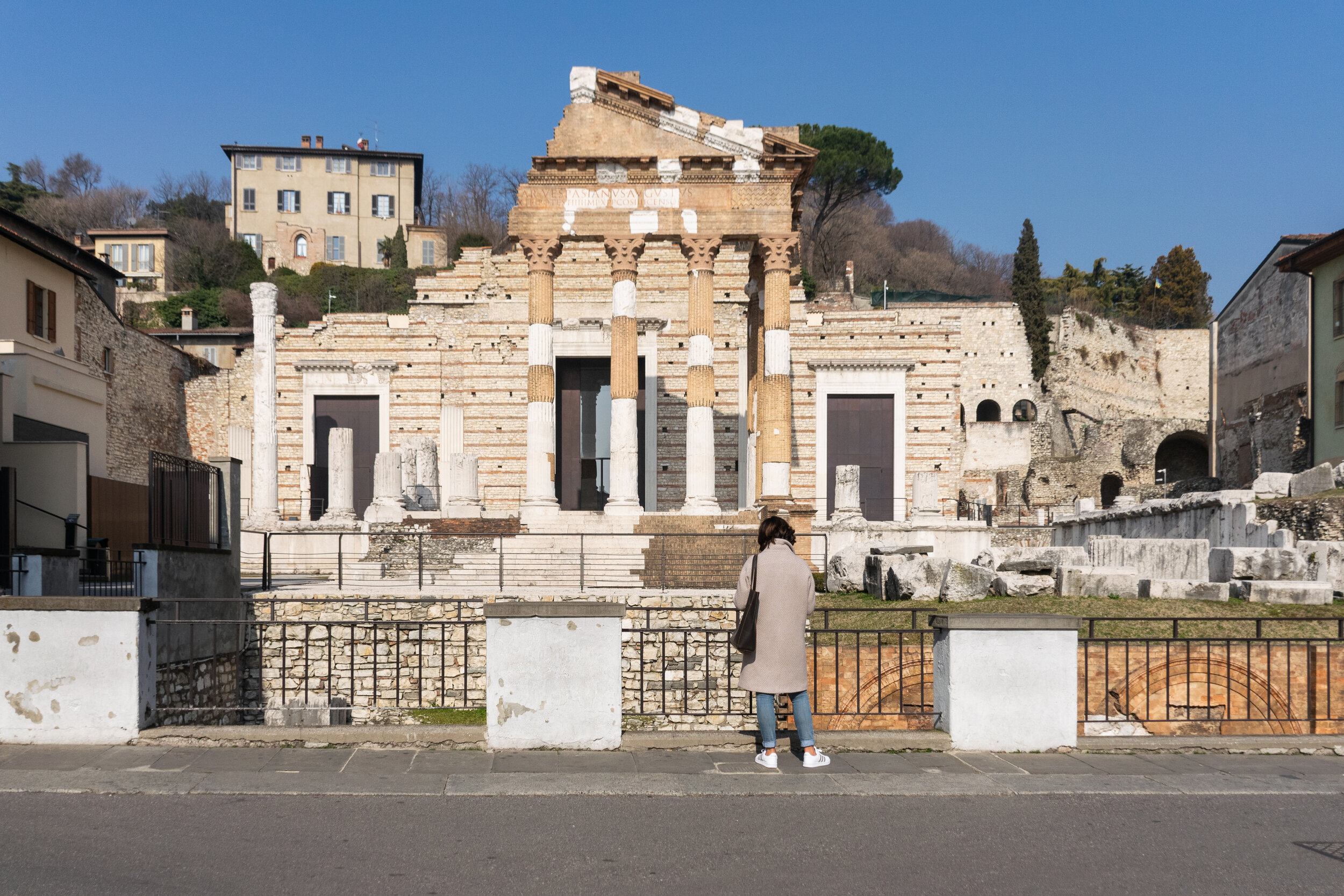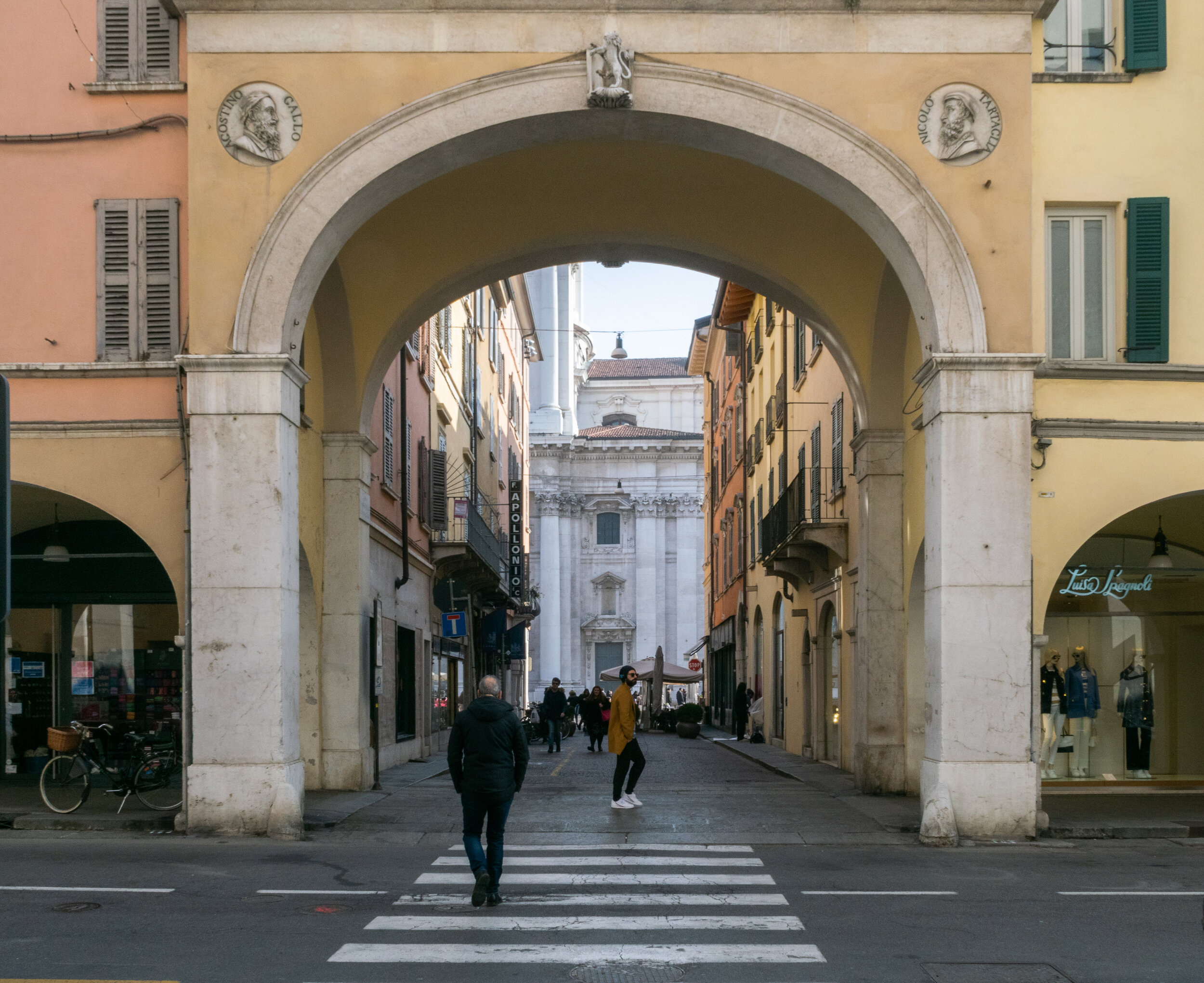
City Lens
A mixed-media platform documenting people-place relationships. Of the people, by the people.
Explore our themes and zines on this page.
Interested in showcasing your work?
From wherever you are in the world, send us: photographs, drawings, maps, cartoons, zines, or any other medium of expression that best describes what you hold special or changeable about your city.
Send us clear, legible files of sizes up to 25 MB. Acceptable formats are JPEG, JPG, TIFF, PNG.
In Brixia . Rahul Palagani
“(In antiquity Brixia); one of the four largest cities in the Lombardia region in Italy, not among the most touristic places compared to its neighboring cities. Founded over 3200 years ago, The historic center of Brescia is rich with numerous monuments, among these the medieval castle, the old and new cathedral, the Renaissance Piazza della Loggia and the Rationalist Piazza Della Vittoria. The City falls in Between Milan & Verona on the way to Venice.
In Brescia, I was astonished by the scale of the buildings and its relation to the existing community. My pictures have tried to capture the architectural monumentality, to understand the vacuum between its history and present urban life.”
Rahul is an architectural designer, collaborator and self-educated photographer, who graduated in architectural design and history from Politecnico di Milano in 2019.






शहर . Anant Mital
दूर से देखा तो शहर नज़र आया। पास जाकर देखा तो शायरी नज़र आयी।
(From a distance, it was a city. Looking closer, it was poetry.)
Anant is a Delhi-based architect and musician. He currently plays with Nowhere Station and Jonty Indra, in addition to working as a session musician. When not making music, he works at vir.mueller architects in Delhi.






Saidulajab . Jaya Modi and Annalisa Mansukhani
Over the years I’ve developed an odd sort of connect with the city. Every time, I return to a reassuring familiarity - a nauseating humidity and cacophonic traffic, yet I’m uncomfortable at Delhi’s impossible timelessness despite an ever-changing landscape. I visited Said-ul-ajab, an urban village, with my friend Anna. First five minutes in, I was uncomfortably aware of my senses – the smell of fish fry, the sound of motorbikes failing to move fast enough through congested lanes, and the Sun’s unforgiving heat scorching my skin. It felt like I had mistakenly stumbled into a portal to another dimension - one housing a multiverse of lives within it - bursting to the seams with people, sounds, objects and smells. It was crowded, cramped and incessantly loud. Loud enough to drown any thoughts and complaints about how unpleasant any of it felt. And so, suspended in that moment, I found myself looking - actually looking, at everything around me. Inexplicable architecture surrounded me. Buildings built on top of each other, precariously stacked like dishes left in the sink a little too long. I wondered if they’d topple over comically with a push.
Walking a little further, we crossed a cluster of vacant shop stalls with their shutters pulled down. On one of them I saw a poster - nothing special about it, just local political propaganda. But the constant use of the shutter had quite wonderfully erased sections of it. The remaining remnants formed an exceptionally intriguing work of art. I took a picture of it. Amidst the assail on my senses, if I concentrated just right, I could tune into a myriad of lives - ladies gossiping about their husbands, a boy showing off his new toy to his friends, two men discussing last night’s cricket match - it was like fine tuning to a specific station on radio. Next we followed a particularly confident goat to a decrepit haveli - it was locked. The dust caking its otherwise incredibly intricate cut-work windows, possibly the last vestige of its former grandeur. The Sun was not kind to us that day. Soon drenched in sweat, we sat at the steps of the local temple and reflected on things we saw. That day, I felt almost relieved when the walk was over. Back out onto the bustling main roads of the city, I was thankful again for the usual discomforts of heat and traffic. It wasn’t until I saw the pictures we took from the day (now, a year later), that I realised just how beautiful that visit actually was. The same haphazardly built buildings left such wonderful cutouts against the bleached bright sky! These photographs took me back to those pockets of life thriving between the chaos.
[Text: Jaya Modi; Photographs: Annalisa Mansukhani and Jaya Modi]
Jaya is a graphic designer who works across curation, visual branding and community development. Her creative process involves incorporating multi-disciplinary approaches to design enquiry and writing, focusing on evolutions in visual culture and communication.
Annalisa studies histories of photography and notions of the archive in contemporary curatorial and research practices. As a Programmes Manager for the Foundation of Indian Contemporary Art in Delhi, she works to establish frameworks and activate resources around art and education, spaces of exhibition, critical writing and public programming.






